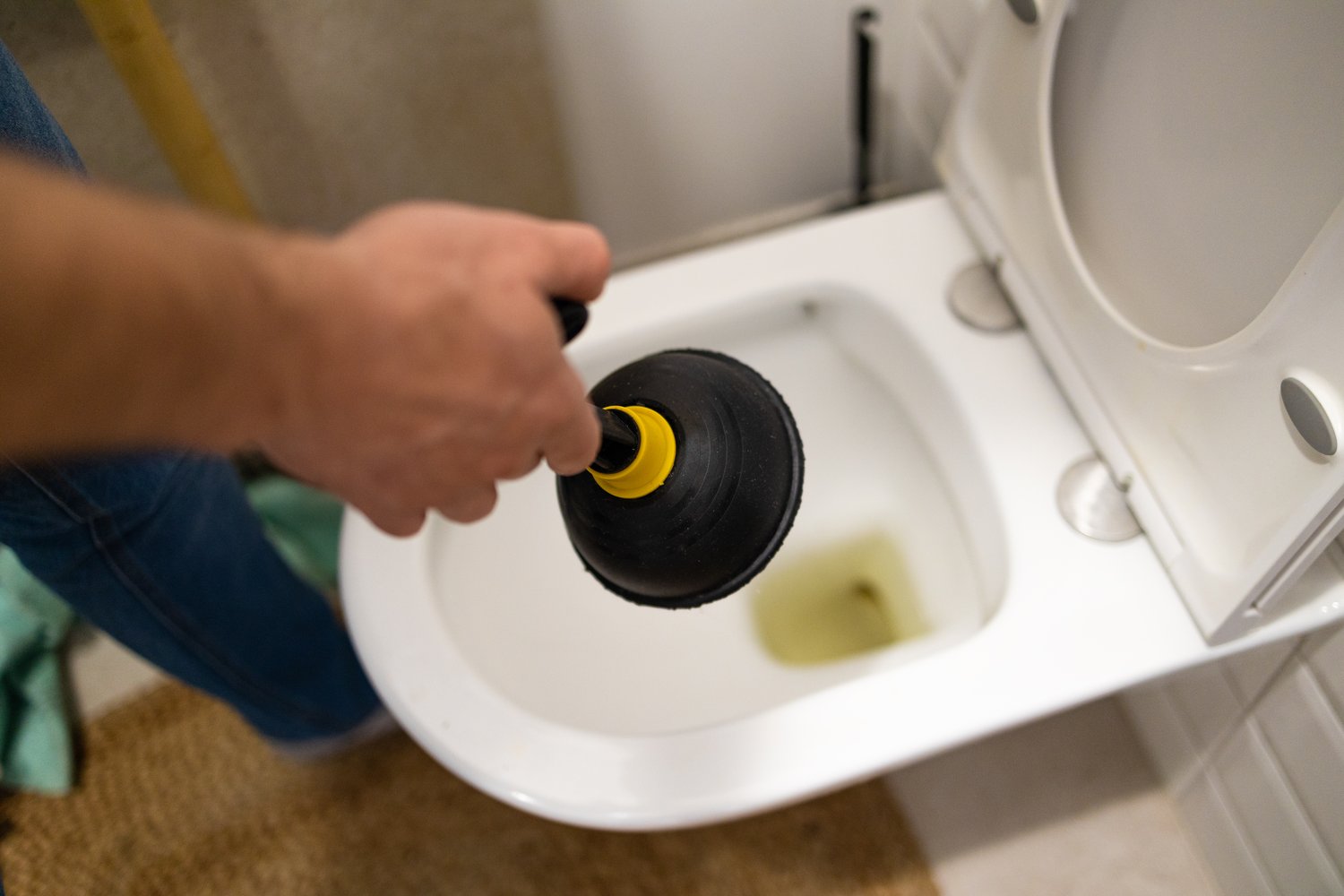A running toilet might seem like a minor inconvenience, but it’s a silent water guzzler that could significantly inflate your utility bills. Whether you’re facing this issue at home, in your cafe, or any food service establishment, learning quick fixes is crucial. Instead of rushing to replace parts, discover how simple adjustments can restore functionality while conserving precious resources.
- Diagnose the Issue: Understanding common culprits like faulty flappers or misaligned float arms helps you identify the root problem efficiently.
- Quick Mechanical Adjustments: Learn how minor tweaks like adjusting the chain length or float arm can efficiently halt excessive water flow.
- Inspect the Pressure Valve: Gain insights on how examining and cleaning this vital component can restore optimal water flow without replacements.
By the end of this article, you’ll be armed with simple but effective solutions to minimize water wastage. Not only does this save you money, but it also supports more sustainable practices. Let’s delve into these emergency fixes before contemplating the purchase of new parts.
Diagnose the Problem: How to Fix a Running Toilet Without Replacing Parts
Understanding the root cause is crucial when addressing how to fix a running toilet without replacing parts. Proper diagnosis can save water and reduce utility costs. One of the most common reasons for a running toilet is a faulty flapper. The flapper acts as a seal and, if it’s not fitting correctly, it could cause continuous water flow.
Begin your diagnosis by examining the flapper for signs of wear or misalignment. Another potential issue could be an improperly adjusted float arm. The float arm regulates water level in the tank, and any miscalibration can lead to constant refilling.
Check the float arm’s placement and adjust it to ensure it stops the water at the proper level. By identifying these common reasons, you can take effective steps to manage a running toilet, maximizing efficiency and minimizing waste.
Quick Adjustments to Stop a Running Toilet
After identifying the root causes, it’s time for quick adjustments to stop a running toilet effectively. One such adjustment involves tweaking the float arm. By gently bending it, you can alter the water level at which the toilet stops filling. Ensure the float arm is positioned so the tank stops filling before water reaches the overflow tube.
Another practical solution is adjusting the chain length that connects to the flapper. If the chain is too loose, it might not allow the flapper to create a proper seal. Shorten the chain just enough to allow the flapper to close completely.
Lastly, cleaning the flapper can often resolve minor issues leading to toilet leaks. Debris or grime buildup can prevent a proper seal. By regularly maintaining these components, you reduce the need for replacements and keep your toilet in optimal working condition.
Explore the Pressure Valve: How to Fix a Running Toilet Without Replacing Parts
A crucial component in maintaining toilet efficiency is the pressure valve. This component regulates the water flow into your toilet tank and can often be the silent culprit when dealing with a running toilet. By understanding and manipulating this mechanism, you can prevent excessive water wastage without the need for new parts.
The pressure valve’s primary function is to control the amount and speed of water entering the tank. If this valve is not functioning correctly, it could lead to continuous water flow, causing the toilet to run persistently.
To address this, start by checking the position of the pressure valve within the toilet tank. Ensure it’s not stuck or blocked by sediment that could alter water flow. Cleaning the valve with a gentle brush and some vinegar can often resolve any build-up that impacts its efficiency. Adjusting the pressure valve screw can also help to balance water pressure and fix minor leaks.
Remember, a healthy pressure valve not only resolves immediate running toilet problems but also contributes to sustainable water consumption. Should these adjustments fail to correct the issue, it may be a sign of a more complex problem that warrants professional plumbing services.
Frequently Asked Questions about Fixing a Running Toilet
Can a running toilet increase my water bill?
Yes, a continuously running toilet can significantly raise your water bill due to constant water wastage.
What is the most common cause of a running toilet?
The most frequent cause is a worn-out flapper or improperly adjusted float arm that mismanages water flow.
Do I need special tools to fix a running toilet?
No, most adjustments only require basic household tools like pliers or a screwdriver.
Is it possible to fix a running toilet without plumbing experience?
Yes, by following simple adjustments and checks, many issues can be resolved without professional expertise.
How long should it take to fix a running toilet?
Quick adjustments typically take 20 to 30 minutes depending on your familiarity with toilet mechanisms.





